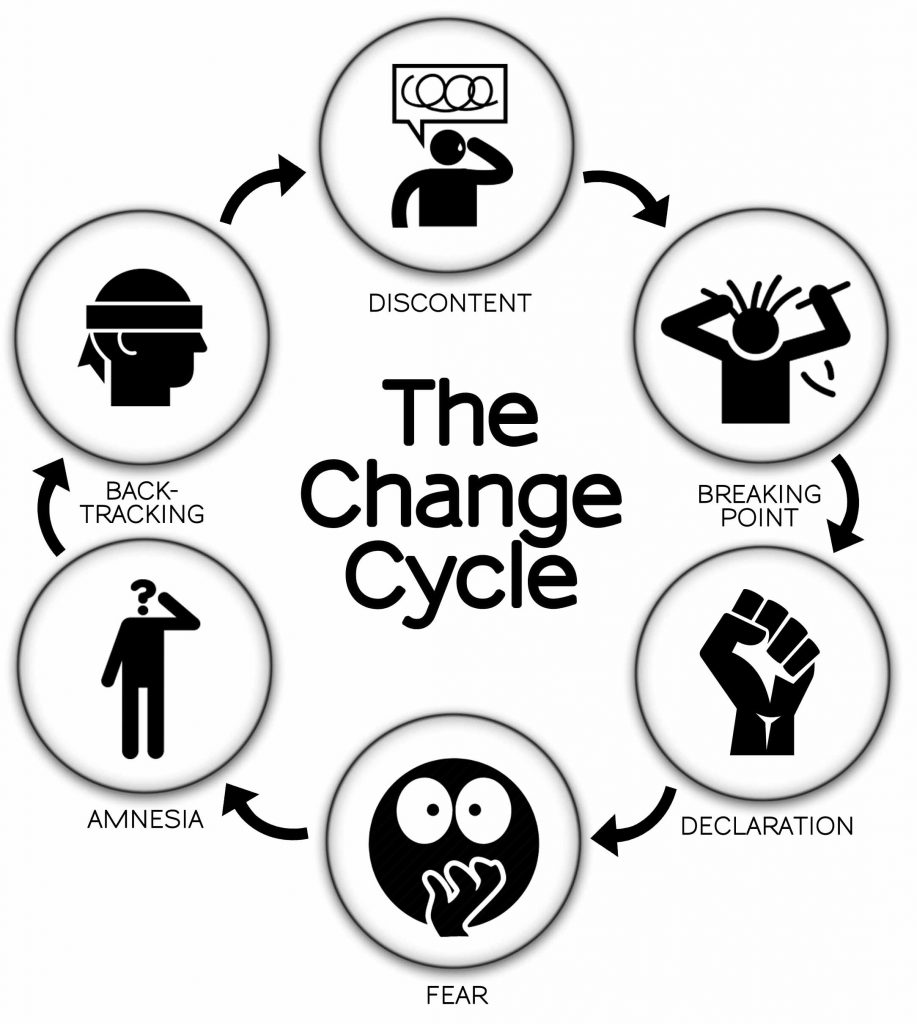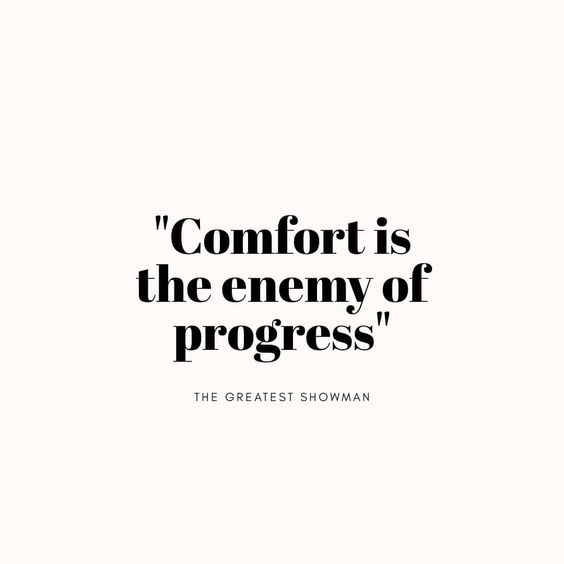
Simple tips for creating healthy habits

Creating healthy habits, if we are all being honest, is very difficult. I have personally had to change bad habits and form new ones time and time again. However, since focussing more on creating healthy habits there have been hugely beneficial changes to my life.
There is no beating around the bush though – all change is painful. There is a reason we don’t like it.
The thing is, though change is painful in the short-term in the long term it is always for the best. Just because we realise that it will be beneficial long term, doesn’t mean that we understand it at the time.
So to really make changes to our habits we must first understand what habits are in essence and use certain strategies to help us through the difficult transition period.
WHAT ARE HABITS?
In the simplest of terms, the definition of a habit is something you do often and regularly, often without you realising you are doing it.
Our brains are not built to function at 100% capacity all day every day. Therefore our brains cleverly figured out ways to create systems that run on auto-pilot aka habits. This is a really great operating system, however, if you have learned automated behaviours that are not healthy for you, that can be very detrimental.
Habits range anywhere from always buying the same bread out of “habit” to crippling addictions, they are all different.
Habits are complex and unique
There has been many scientific and psychological studies on the area of habits so that we may understand them better. Some of the best work I have come across on the subject of habit is by Charles Duhigg.
In his book “The Power of Habit: Why We Do What We Do in Life and Business” Charles Duhigg speaks of the excitement people feel when they hear of this area of study. He points out that people often think that if scientists have discovered how these patterns work, then we can also reason that they must have also found a secret formula for rapid change, right?
If only it were that easy.
It’s not that formulas don’t exist. The problem is that there isn’t one formula for changing habits. Individuals and habits are all different, and so the specifics of diagnosing and changing the patterns in our lives differ from person to person and behaviour to behaviour.
Given our brief understanding of the complexity of the subject of habits, what can we do today to start making healthy changes in our lives when it comes to our habits?
DEVELOPING HEALTHY HABITS FOR LIFE
Start small when creating habits
Often when it comes to the want or need to change our habits it is after we have hit rock bottom or reached a breaking point. This is completely normal, not particularly healthy, but normal. Part of the human condition is our resistance to change and that is why we often only seek change after these circumstances have occurred.

These situations can cause us to feel emotions ranging from fear, guilt, shame and more often than not – anger. Anger is an emotion with a lot of energy behind it. It makes us want to take action. So even though anger is not a healthy emotion, it certainly is an emotion that makes us take action.
We start exercising for one hour a day, five days a week. Change our diet completely. We quit smoking cold turkey etc.
As we all know attempts at forming good habits never last very long. We only end up getting frustrated, feeling defeated and eventually we fall back into our old patterns.
The reason why we can’t sustain these changes is that they are too much too soon. Anger and the strong will that often accompanies it sets us on the right path, but they are fast-burning fires. These fast-burning fires can never sustain long term change.
That doesn’t mean don’t have large goals. Simply decide on what larger goal you want to reach and start breaking it down to smaller, more attainable steps.
Break it down
If you want to get up earlier in the mornings, start with getting up five minutes earlier than you usually do – instead of an hour. Do that for three weeks and then make it ten minutes. Grow the habit from a small seed over a period of time until it becomes a large tree with strong roots.
The key here is to be patient with yourself. Small progress is still progress.
Start with small relatively easy changes to prove to yourself that you can, in fact, create good habits, and enjoy the victory. This will give you the self-belief that you can make or break any habits you want.
The ultimate goal is to create habits not from a place of pain (breaking point but from a desire to grow.
One habit at a time
Another great tip to get started on your healthy habit formation is to focus on one habit at a time. It is one thing breaking your larger goals into smaller habits and another to try and attempt to form them all in one go.
Focus on one simple habit a month, or however long it takes you to create good habits. As you will see below the duration for forming habits is an individual process.
THE IMPORTANCE OF UNDERSTANDING THE “WHY” WHEN CREATING HEALTHY HABITS
Once you have decided on the habit that you wish to form and you have broken it down into smaller steps, it is crucial that you truly question yourself as to why you would like to cultivate this change.
We often skip over this step simply because we don’t think it necessary. We are often motivated by pain, driven by anger and thus can’t bear the thought of digging deeper.
However to truly change or create a new habit you have to understand why you are doing it in the first place. Motivation will not carry you through, as we mentioned above, it is a fast-burning fire.
The comfort zone

When our motivation and strong will starts diminishing, the comfort zone will soon come beckoning. It will entice you with promises of reprieve from pain and discomfort.
The comfort zone is in fact just another habit as well. It is one of the clever mechanisms our minds have created so that we can concentrate on other things while certain functions progress as per usual, without much effort.
It is therefore essential that you understand why you are making sacrifices and why you are choosing to remain outside your comfort zone where it’s painful.
Remind yourself “why”
So as you wake up earlier every morning than what you are used to and you are hating it, remind yourself why. Is it because you want to become a more productive person in the long run? Do you want to have five extra minutes to spend with your family before rushing off to work? Do you want five minutes to learn meditation?
Whatever your reason is, keep it at the forefront of your thoughts and it will reinvigorate you when the comfort zone comes calling. Write the “why” on a post-it where you can see it every day, or put a reminder on your phone – whatever works for you. Visual reminders are great tools to assist during this adjustment period.
Understanding the “why” is one of the most import things you can do when creating healthy habits.
HOW TO MAKE HEALTHY HABITS STICK
Utilise a habit tracker
Keeping track of new habits you are trying to build is one of the most effective tools I have personally come across when it comes to creating healthy habits.
I have often set out with all the right intentions to form a new habit and then somewhere along the way I kind of just get lost. I have lost track of how long I have been attempting to form this new allusive habit.
The human mind takes a prolonged period of time to form habits. It is therefore beneficial that we have a system in place that helps us keep track of our progress. To have a tracking system we need a finite number to measure by, right?
Well if it was just that simple.
The 21 Day Rule
Chances are you have probably heard of the saying that it takes 21 days to create any habit, I know I certainly have. So when I started focussing on creating healthier habits in my life I did some digging.
The 21-day rule dates all the way back to the 1950s when plastic surgeon Maxwell Maltz began noticing a strange pattern among his patients.
When he would perform an operation, for example, a nose job, he found that it would take the patient about 21 days to get used to seeing their new face. Similarly, with patients experiencing phantom limb after an arm or leg amputation, it would take about 21 days before adjusting to their new situation.
Maltz then started thinking about his own adjustment period to change and new behaviours, and he noticed that it also took himself about 21 days to form a new habit.
Maltz wrote about these experiences and said,
“These, and many other commonly observed phenomena tend to show that it requires a minimum of about 21 days for an old mental image to dissolve and a new one to jell.”
Maxwell Maltz
In 1960, he published that quote and his other thoughts on behaviour change in a book called Psycho-Cybernetics. The book went on to become an absolute hit, selling more than 30 million copies.
And that’s when the problem started.
The decades that followed Maltz’s work influenced nearly every major “self-help” professional. And as more people recited Maltz’s story people began to forget that he said “a minimum of about 21 days” and shortened it to “It takes 21 days to form a new habit.”
And that’s how society started spreading the common myth that it takes 21 days to form a new habit, or 30 days or some other magic number.
According to a recent study, a daily activity like eating fruit at lunch or running for 15 minutes took an average of 66 days to become as much of a habit as it would ever become.
So how long does it really take to build habits?
Creating healthy habits depends on the habit and on the individual.
As we discussed earlier, habits are very complex and unique to each individual. Just as there is no one formula for creating or breaking habits, there is no set amount of time it takes to make those changes. It is dependent on many unique factors.
I promised simple tips and tricks to help you create new habits, and we have gone a little deep now, but I do however feel that it is just as important to illustrate the complexity of forming habits. We can, therefore, use simpler concepts to tackle a larger issue.
A tracking tool that suits you
Personally I keep a very simple record when I start to work on a new habit. I like to refer to it as my experiment tracker. Seeing my habit creation as an experiment is a much more fun proposition. It then becomes an exciting opportunity to try something new and see what happens. Be your own personal mad scientist!
For instance, if I want to create a habit of drinking more water, it really helps to put definite numbers on the experiment. I might aim to drink two litres of water per day, for 30 days. A simple Google Doc with a green and red tick box with the date starting from day one to day thirty does the trick for me. I am such a goodie two shoes that I dislike seeing a red tick so much that it really helps me stay on track. Seeing all 30 days laid out in front of me also helps me gauge my progress and keeps me focussed yet patient.
This simple yes and no tick box system has been a game-changer for me. You can download my FREE experiment tracker here.
It is accessible everywhere and I tend to predominantly use it on my phone. Just create a copy with your name and creating good habits here we come!
If you keep track by adding specificity to your habit creation it will keep you accountable. Always keep in mind that your specificity is unique to you.
REPLACE BAD HABITS WITH “BETTER” BAD HABITS
We all have bad habits that we need to conquer first before we start creating brand new ones. A simple tactic we can use is substitution.

For example, if you are addicted to energy drinks, replace the drink with something that gives you a similar satisfaction, but is healthier. We need to find out what pleasure/reward the energy drink really provides. Let’s face it, by the time such a habit is an addiction the energy rush it used to provide has long subsided. So if we look beyond the fake energy, you might find that you like it because it tastes good and it is carbonated.
What you could do is replace the craving for an energy drink with flavoured fizzy water. Chances are you will get the same satisfaction from the carbonated drink that tastes just as good without all the bad additives.
Silly example, but I hope makes the same underlying point – we must find out what’s really behind our habits. Which brings us back to what we discussed before. The importance of understanding the “why” behind the habit. There is always something you can replace your bad habit with.
So instead of going full tornado trying to get rid of bad habits, just replace them with something healthier that will eventually make it easier to change the habit completely.
If you want a more in-depth look at how to let go of things you might like this article.
KEY TAKEAWAYS
- Break goals into smaller more manageable habits
- Tackle one habit at a time
- Really understand WHY when creating healthy habits
- Track your progress, but know each habit and person is different
- Replace bad habits with better habits
You May Also Like

8 New Years Resolutions for INFJs
January 1, 2020
INFJ Personality Type: The Darker Side
January 14, 2020





One Comment
Pingback: